Giwajip Sundubu (기와집순두부)
14.6Km 2024-02-16
133 Bukhangang-ro, Joan-myeon, Namyangju-si, Gyeonggi-do
031-576-9009
Giwajip Sundubu is a soft bean curd specialty restaurant housed in a hanok, offering an authentic traditional atmosphere. The bean curd is made using only natural broth and 100% Korean-grown soybeans, without any chemical additives. This traditional method produces bean curd with a rich, deep flavor and a savory taste. Fresh soft bean curd is made regularly, allowing diners to enjoy freshly scooped, warm, and soft bean curd as part of their meal.
Gapyeong Begonia Bird Park (가평베고니아새정원)
14.9Km 2025-10-23
30 Misari-ro 270beon-gil, Seorak-myeon, Gapyeong-gun, Gyeonggi-do
The Gapyeong Begonia Bird Park offers a healing space in the pristine environment of Gapyeong, featuring both outdoor and indoor gardens, a Bird Park with rare species of birds, and various interactive experiences. The indoor garden includes a flower zone, an infinity zone, and a bird zone. Visitors can appreciate beautiful flowers such as begonias, take stunning photos with the mirror media façade and various photo zones with floral backdrops, and see rare birds in the Bird Park. The three-themed outdoor garden showcases seasonal flowers that bloom throughout the year, along with a mystery garden and a water garden, making it a perfect travel destination in any season.
Gamnamu Jip (감나무집)
15.0Km 2024-02-28
45 Dasan-ro 747beon-gil, Joan-myeon, Namyangju-si, Gyeonggi-do
Gamnamu Jip, known for its grilled eel dishes, offers a dining experience with views of Paldangho Lake. In addition to grilled eel, they also serve megi maeuntang (spicy catfish stew) and dakbokkeumtang (spicy braised chicken). Nearby attractions include the Birth Home of Jeong Yagyong, commemorating a Silhak scholar during the late Joseon dynasty, and the the Museum of Silhak, which showcases the reform-minded academic trends of that era. The area is ideal for a pleasant stroll along the Dasan Trail and around the Paldangho Lake following a meal.
Daeseong-ri National Tourist Site (대성리 국민관광지)
15.3Km 2024-02-19
601-1 Daeseong-ri, Cheongpyeong-myeon, Gapyeong-gun, Gyeonggi-do
Daeseong-ri National Tourist Site, nestled along the Bukhangang River, is a recreational area that offers walking trails, picnic areas, campgrounds, and forest paths. A highlight of the area is the Daeseong-ri Bukhangang Cherry Blossom Street, located between the Bukhangang River and the Daeseong-ri National Tourist Site. This street is renowned for its spectacular cherry blossoms that bloom every April, attracting numerous visitors for cherry blossom viewing. Additionally, the area is equipped with various water leisure facilities, offering visitors an opportunity to enjoy a range of water-based activities.
Dasan Heritage Site (Namyangju) (다산유적지 (남양주))
15.4Km 2023-06-27
11, Dasan-ro 747beon-gil, Joan-myeon, Namyangju-si, Gyeonggi-do
+82-31-590-2837
Dasan Heritage Site is located in the hometown of Dasan Jeong Yak-Yong (1762~1836), a scholar from the late Joseon Dynasty. Growing up in the village, Dasan criticized corruption, and tried to reform outdated institutions and conventions. During his long exile, Dasan authored "Mongminsimseo" (a book on how to rule the people) and "Gyeongseyupo" (a book on how to reform land policies, stabilize people's lives, and strengthen the nation and its army) among others. Today, Dasan is regarded as one of the greatest scholars of Silhak (Realist school of Confucianism) of the late Joseon dynasty.
At Dasan Heritage Site, Dasan's birthplace, Yeoyudang, grave and works are well preserved. Dasan Memorial showcases the scholar's achievements and footprints such as Geojunggi, a traditional equipment used to lift heavy objects in the Suwon Fortress construction, and the miniature Gangjin Dasan Chodang, where he lived in exile. Dasan Cultural Center houses Dasan's numerous writings and books.
Nuengnae Station [Discontinued Station] (능내역 폐역)
15.4Km 2025-02-01
566-5 , Dasan-ro, Namyangju-si, Gyeonggi-do
Neungnae Station, located in Namyangju, was discontinued in November 2008 with the opening of Ungilsan Station. The station has been maintained as a monument, with some of the train tracks still in place. A bicycle path in front of the station connects Neungnae Station with the nearby Dasan Historic Site.
Daesung Water Leports (대성수상레저)
15.5Km 2022-10-17
14 , Daeseonggangbyeon-gil, Gapyeong-gun, Gyeonggi-do
+82-31-584-3119
Daeseong Water Leports is a private water sports specialty business located in Daeseong-ri that offers a variety of enjoyable programs that include water skiing, motorboating, wakeboarding, banana boating, an excursion ferry, and paddle boats.
They also provide several other conveniences such as a restaurant, series of bungalows, a convenience stand, a sporting field, camping grounds, and a large cherry tree forest. The clean and clear waters of the Bukhangang River makes the perfect place for an outing or large social gatherings and events.
Dasan Ecological Park (다산생태공원)
15.5Km 2025-10-24
767 Dasan-ro, Joan-myeon, Namyangju-si, Gyeonggi-do
Dasan Ecological Park, a serene spot favored by TWICE’s Jihyo for her peaceful moments, is an ecological park that harmoniously combines nature, history, and culture. Nestled along the Han River, it provides an ideal setting for a leisurely evening walk. Furthermore, guests can deepen their understanding of the park’s diverse plant life and historical significance through guided ecological commentary.
Paldangho Lake (팔당호)
16.2Km 2021-05-25
Namjong-myeon, Gwangju-si, Gyeonggi-do
+82-31-760-2000
Paldangho, a man-made lake, lies beside the townships of Toechon-myeon and Namjong-myeon in Gwangju-si, Gyeonggi-do. Completed in 1973, this reservoir stores approximately 250 million tons of water, which is supplied to the Seoul and Gyeonggi regions. It is also one of Gwangju's tourist attractions, offering an inspiring view and a scenic lakeside drive. Don’t miss a stop at the Paldang Observatory for a breathtaking view of Paldangho Lake.
Lemongrass Pension (레몬그라스)
16.2Km 2024-12-13
230 , Myeongseong-gil, Yangpyeong-gun, Gyeonggi-do
+82-10-4792-3288, +82-10-9073-1301
Lemongrass Pension is a two-story private pension situated next to a clear stream at the foot of Sorisan Mountain in Yangpyeong, Gyeonggi-do. It offers five rooms in various sizes that can accommodate groups from two to eight people. The Lemon Balm room for eight people has a fireplace and karaoke machine, giving you the feeling of staying at a vacation resort. The room is equipped with a kitchen and an exclusive indoor barbecue area. From the large front window, guests will be able to enjoy a stunning view of the beautiful mountain. Nearby tourist attractions include Vivaldi Park and the Wild Flower Arboretum.

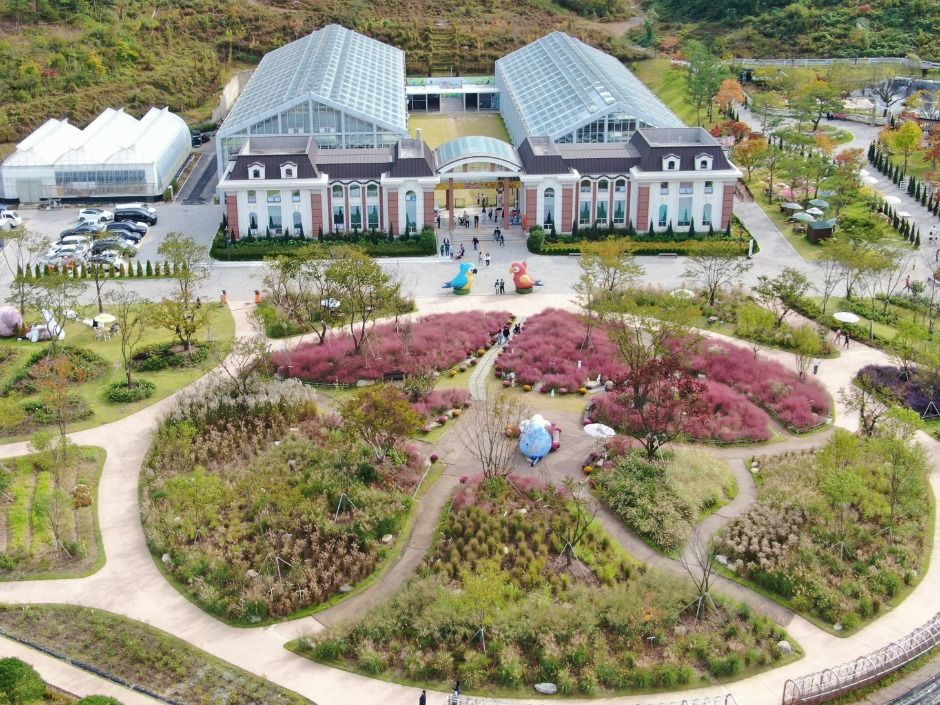
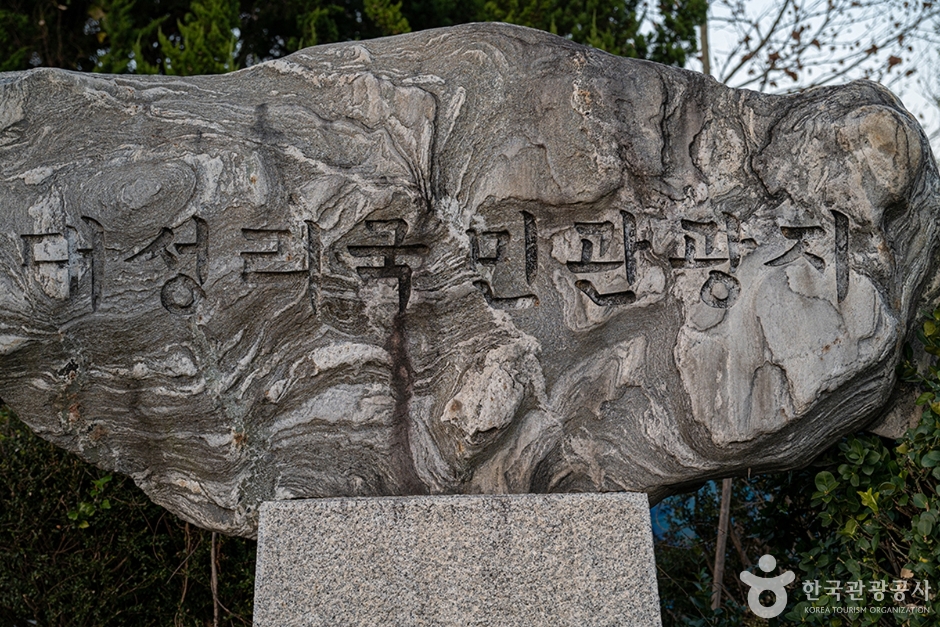
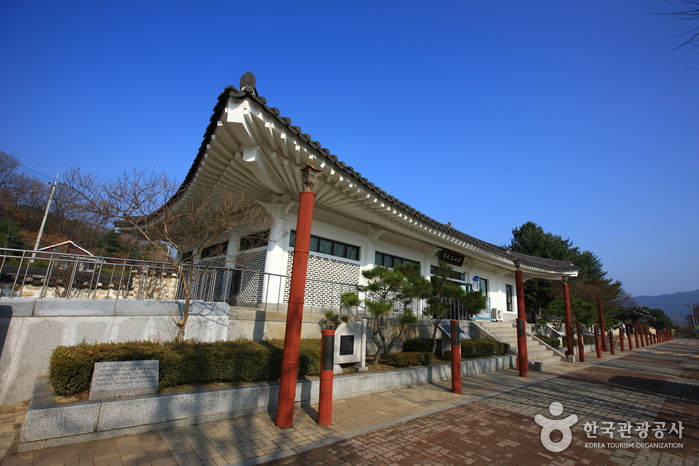
![Nuengnae Station [Discontinued Station] (능내역 폐역)](http://tong.visitkorea.or.kr/cms/resource/13/2724113_image2_1.jpg)
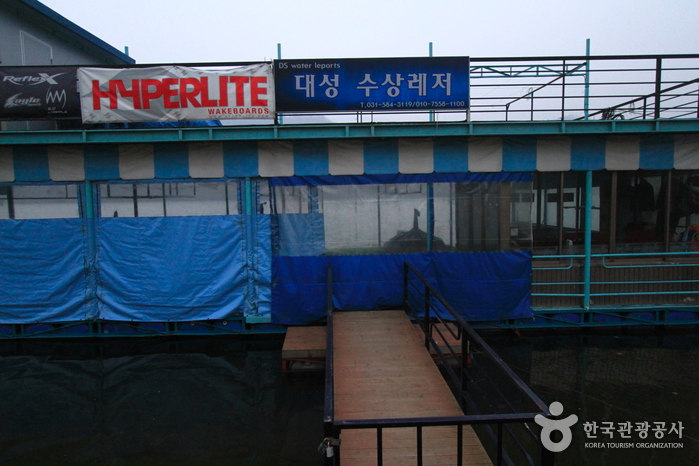
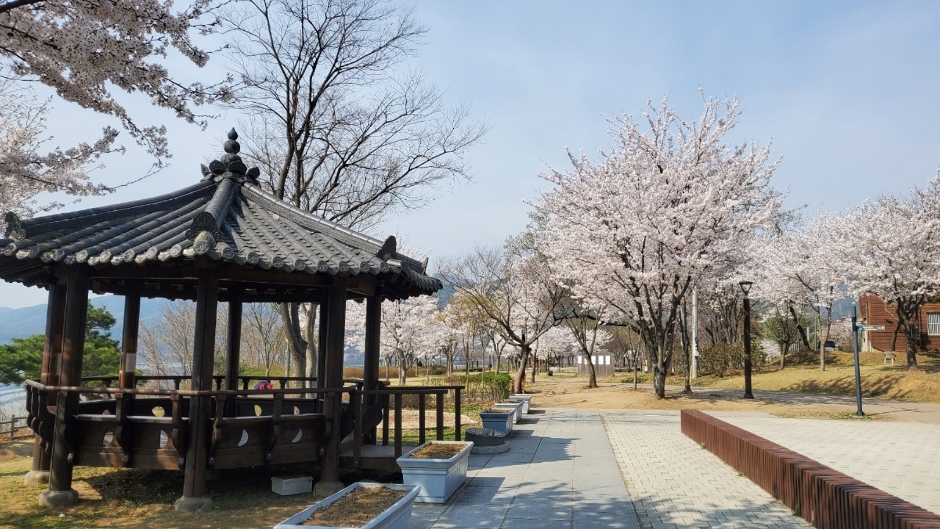
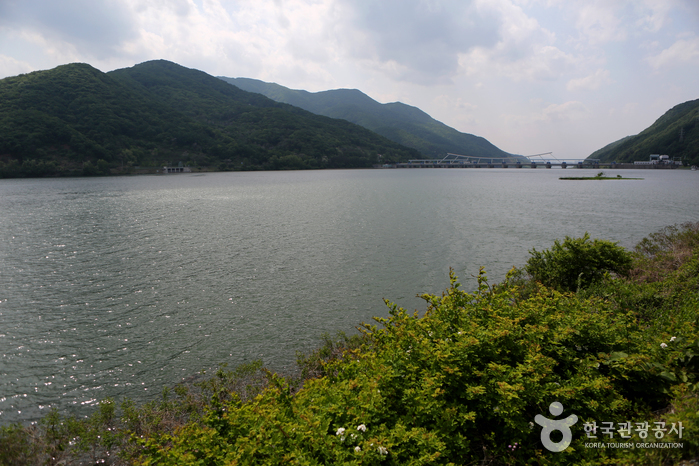
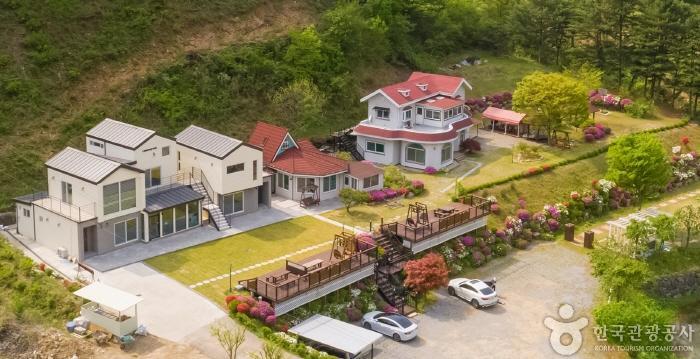
 English
English
 한국어
한국어 日本語
日本語 中文(简体)
中文(简体) Deutsch
Deutsch Français
Français Español
Español Русский
Русский